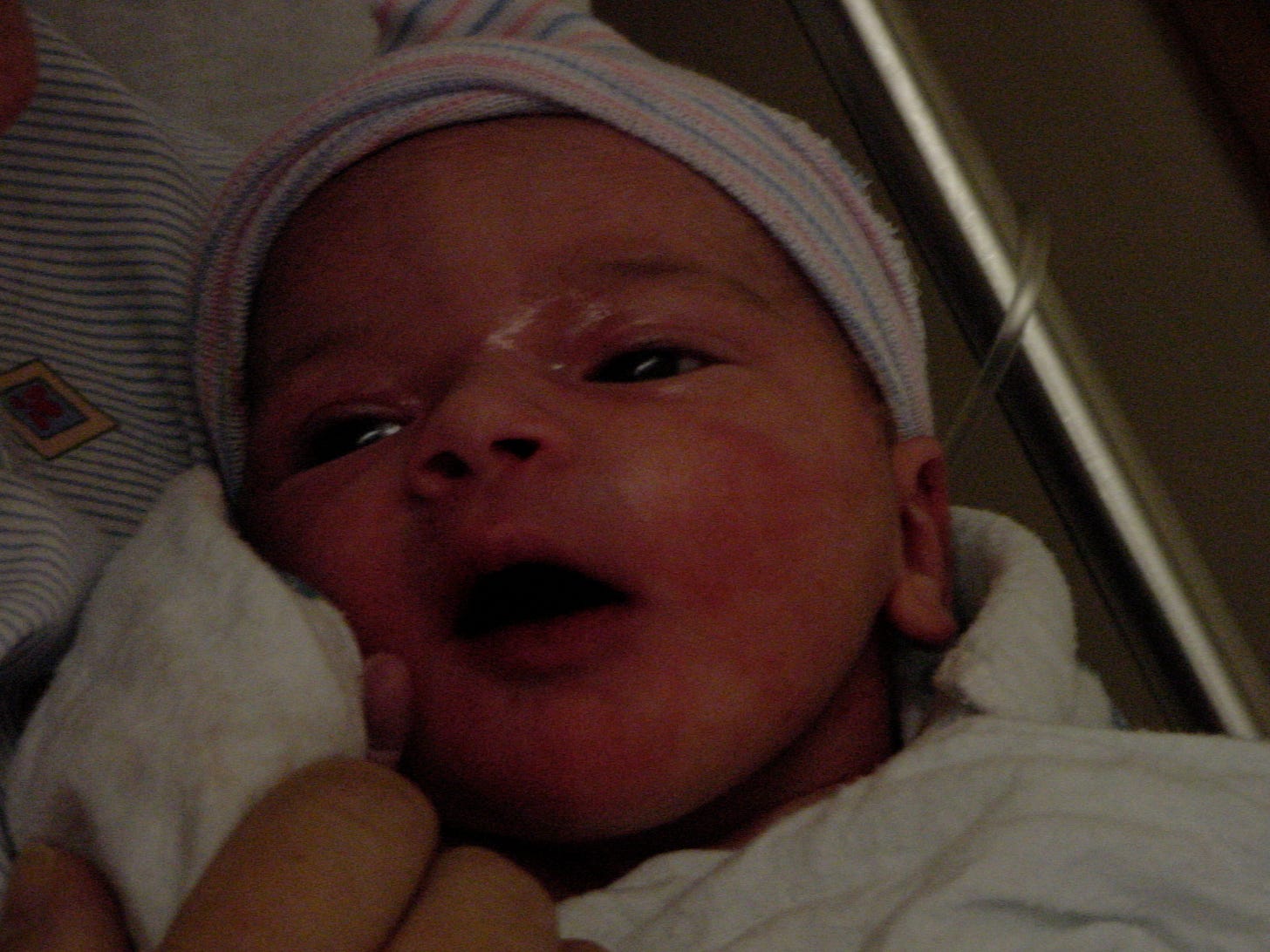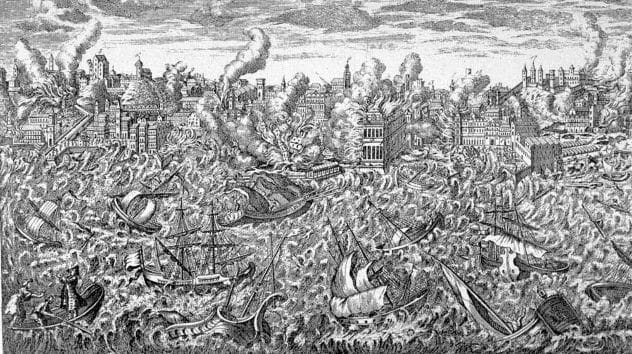A Tsunami Of Sights
If a picture is worth a 1000 words what are trillions of pictures worth?
The saying goes “one picture is worth a thousand words.” Now consider that its expected we will take roughly 1.7 trillion photos in 2022. Are they all worth 1,000 words? How many words is that? When ask a calculator it display “1.7e+15.”
Numbers this large lose all context for me. This number grows more mind boggling when you learn that in 2000 we took a fraction of that many photos, “only” 80 billion photos, that according to Kodak.
The scale of our image capturing is extraordinary. I came across this article on photography and read this, “12.4 trillion photos have been taken throughout history. By 2030, this number will increase to 28.6 trillion.”
The pace at which we are taking photos is driven by the ease with which a photo can be taken. Digital photography means no film or developing. The camera-equipped phone, or is it the phone-equipped camera, is a truly global phenomenon. We can share these images with billions on social media or mom over email in a way hard to imagine in 1970 when just 10 billion photos were taken.

What is 28.6 trillion photos times 1,000 words? Drop that in a calculator and you get, “2.86e+16.” That is a lot of words.
But what are they worth?
The mysteries solved by photography aren’t minor. We have seen the surface of Mars, all manner of animal that live on the other side of our Earth. We have also been able to witness events once more mystical than reality.
Take the Tsunami.

For centuries, we have known about the phenomena. Tsunami stones dot the coast of Japan, some over 500 years old. Their purpose? A warning. Do not build a home here. Herodotus, a historian in ancient Greece, is credited with the first description of a Tsunami. He described the peculiar retreat of water from the shore and the ensuing massive waves at Potidaea in 479 BC. Among his words describing the event, “Then there came upon them a great flood-tide of the sea, higher than ever before…” But for almost all the time since, millennia, we only had words and a scant few images to help us understand what this event is like.
That changed dramatically in 2004 when an earthquake in the Indian Ocean caused tsunamis that struck several nations. The presence of cameras capable of capturing still and moving images gave us a good look at this terrifying force of nature. However, the 2011 earthquake in the ocean off Japan removed all confusion about what tsunamis look like.
As the aftermath of that event played out more and more images arrived on my various screens I remember thinking something like, “well I know now.”
We can witness what we once just imagined. Imagined based on words. Just a few years early and for 1000s of years before that, we relied on words and a few images to portray the power of the tsunami. Now, we can see the relentless movement of the water. It wins every battle with intended and unintended obstacle. The slow, steady advance feels more terrifying in some way. Like an unstoppable force. Like the march of time.




